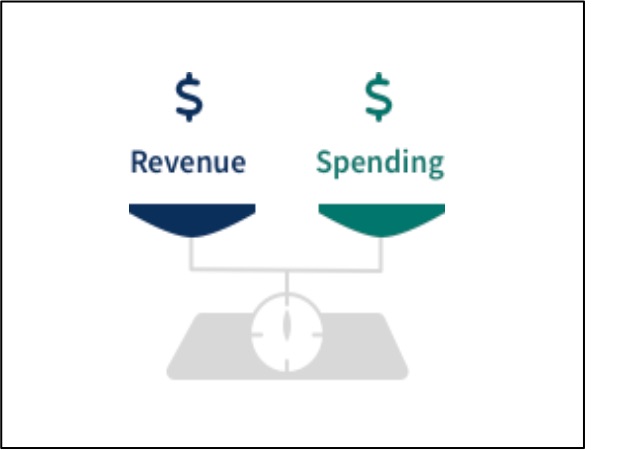At 11 percent of spending ($630 billion) when August ended, the interest slice of the budget is large and growing:
More Interest in the Budget
According to Axios, the interest slice of the budget could exceed what we spend on Medicare in 2026. Heading toward $800 billion for 2023, the total is more than double 2021’s $252 billion.
It all takes us to the Federal Reserve. When rates go up, lenders expect more. Similar to other borrowers, the federal government has to keep pace with rising interest payments. Although treasuries are the safest investment, still, bond buyers might not want them if the return (interest payment) is too low.
Just three months ago during July, a 3.8 percent rate for the ten-year bond was typical. Now though, we are in 4.8 percent territory. Because the U.S. is perpetually paying the principal on bonds that mature and selling new ones to cover the deficit, it typically observes current rates. They will have to pay you and me and all other bond buyers close to 4.8 percent.
This Treasury graphic shows that we create the national deficit when our spending is more than our revenue:

Consequently, the U.S. Treasury has to borrow. As you would expect, with rates ascending, they are paying more.
As was I, you might be gob smacked by the interest rates from January 2022:
Our Bottom Line: The National Deficit and the National Debt
While the deficit refers to more outlays than revenue in one fiscal year, the debt covers all that we owe. Below, the treasury uses fictitious numbers to illustrate the difference between the two:

Evaporating from 1998 to 2002, deficits usually are with us. Their four-year disappearance was an anomaly. But still, the debt remained.
And now (returning to our title), because of how ascending rates affect the deficit, we have more interest in the budget.
My sources and more: Thanks to my Axios email newsletter for inspiring today’s post. Also, The Washington Post also took a look at the deficit. However, if you want to go directly to the source, do look at the Treasury website. Surprisingly, it does some good explaining. And finally, last month, from a different perspective, econlife looked at the deficit.








